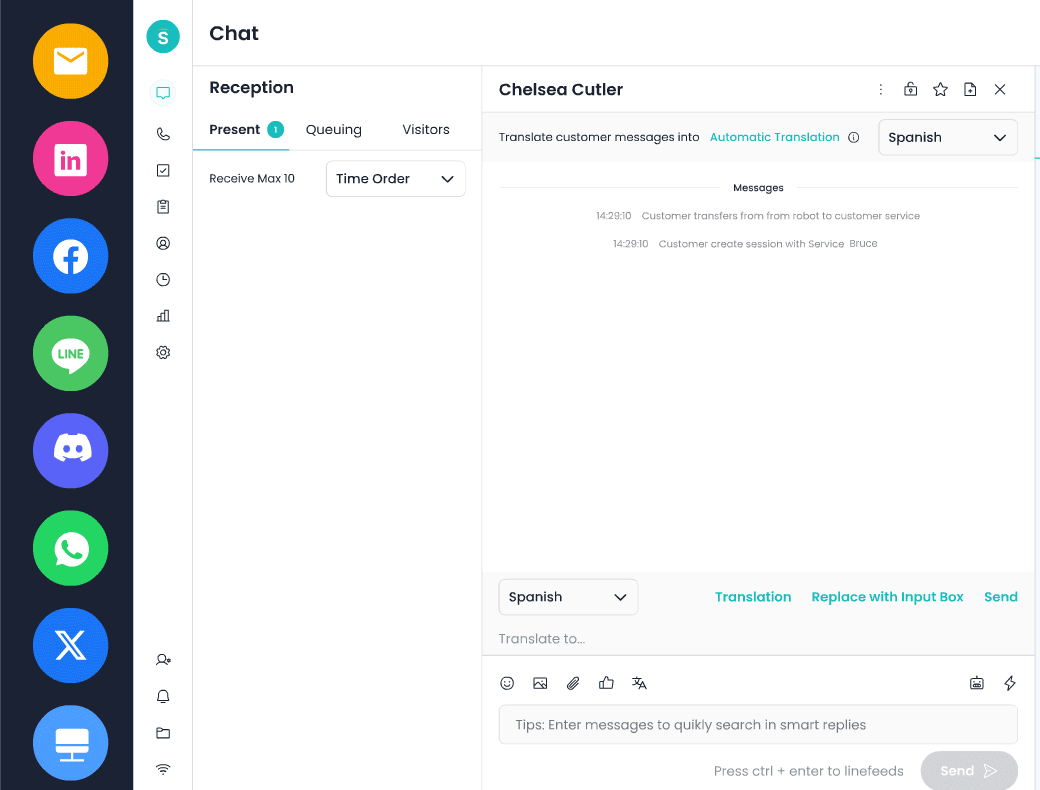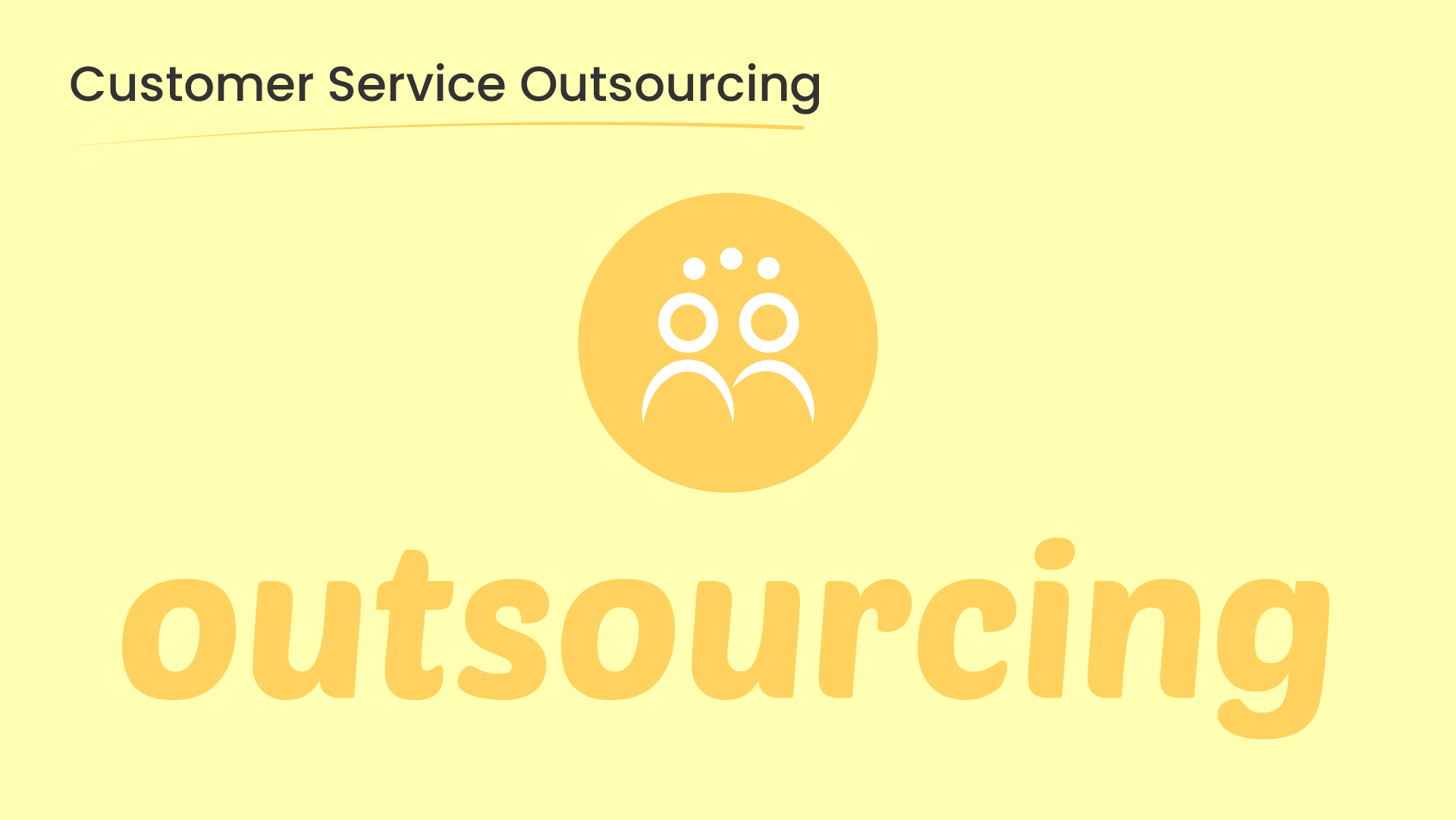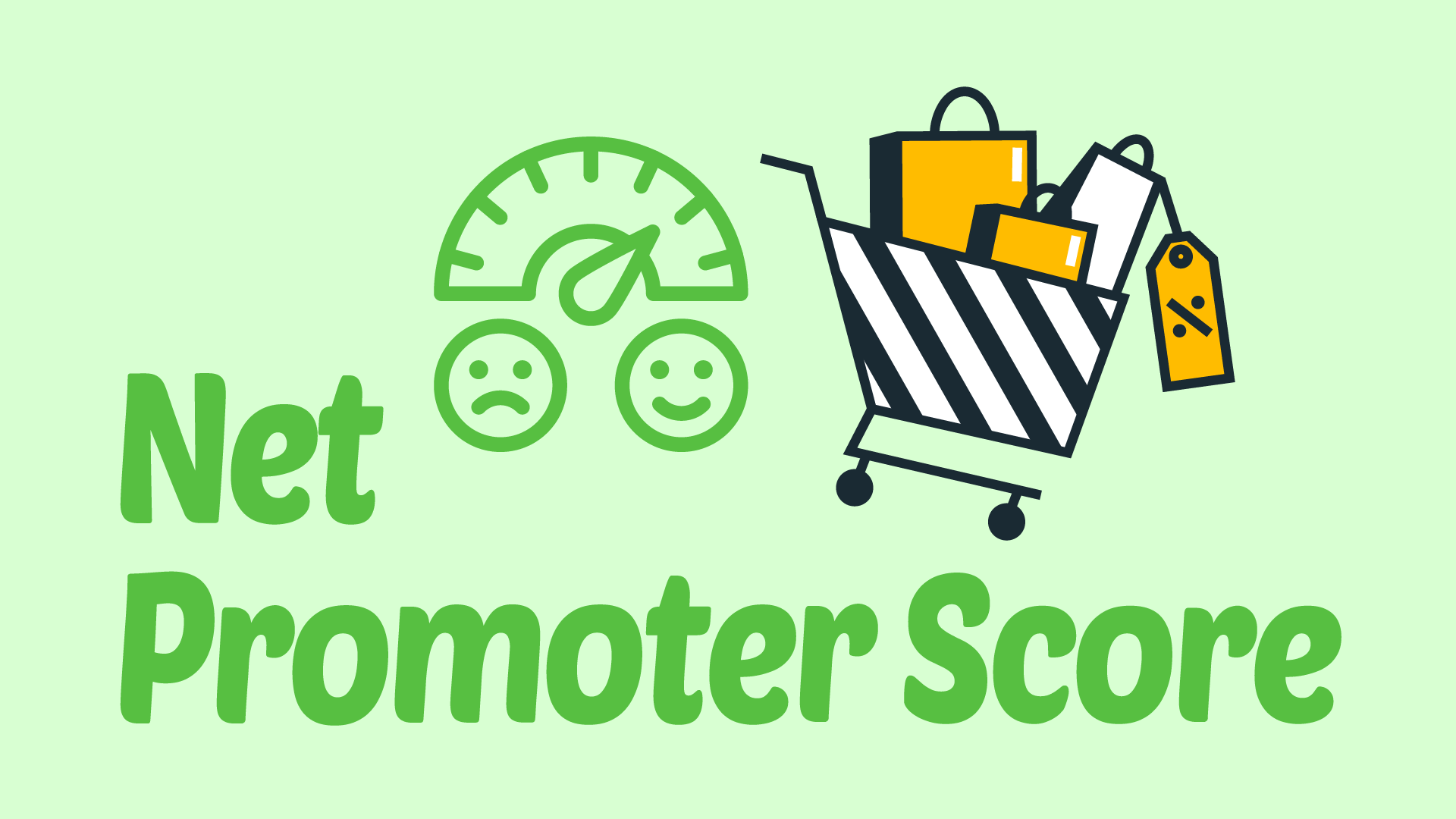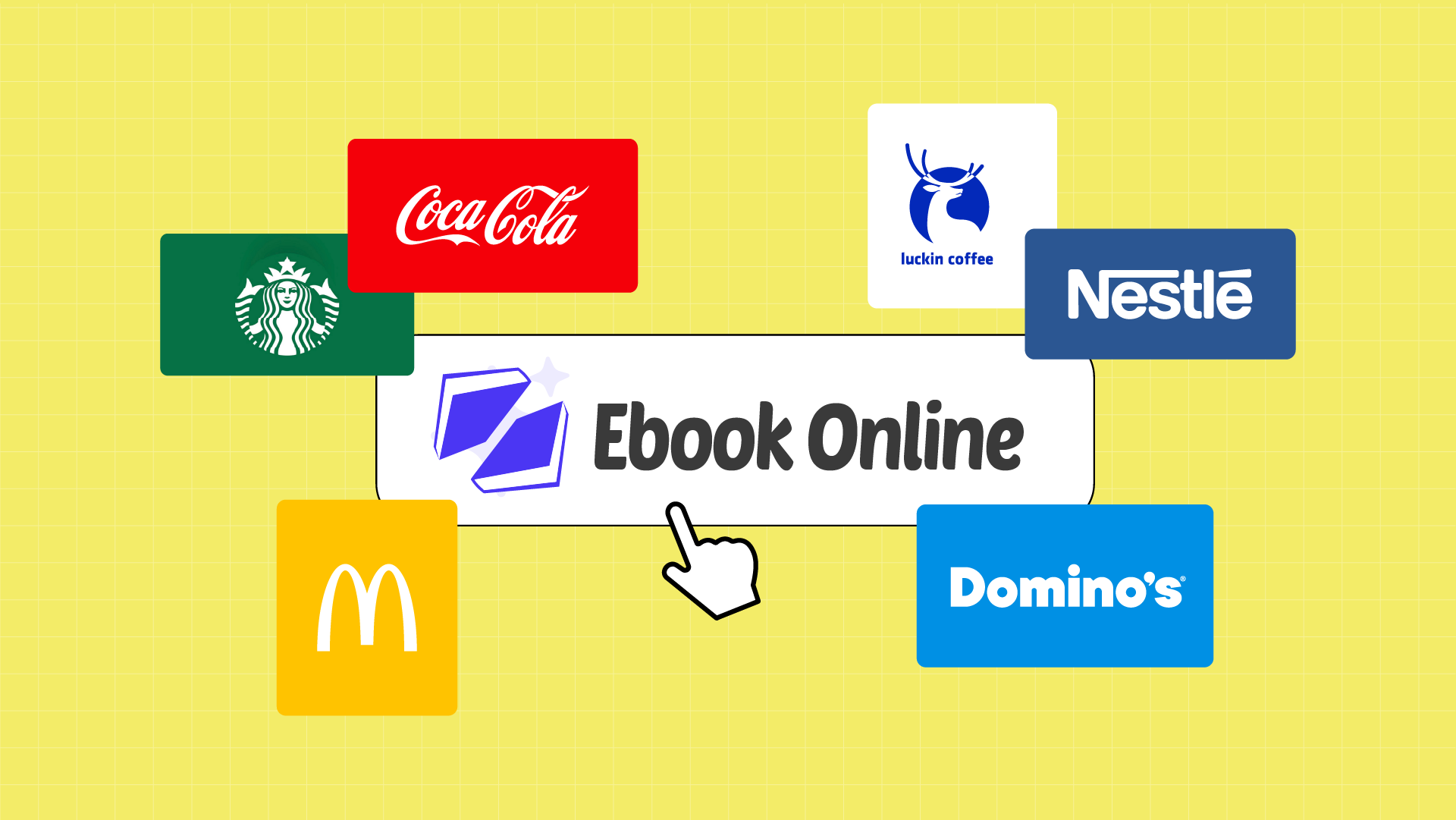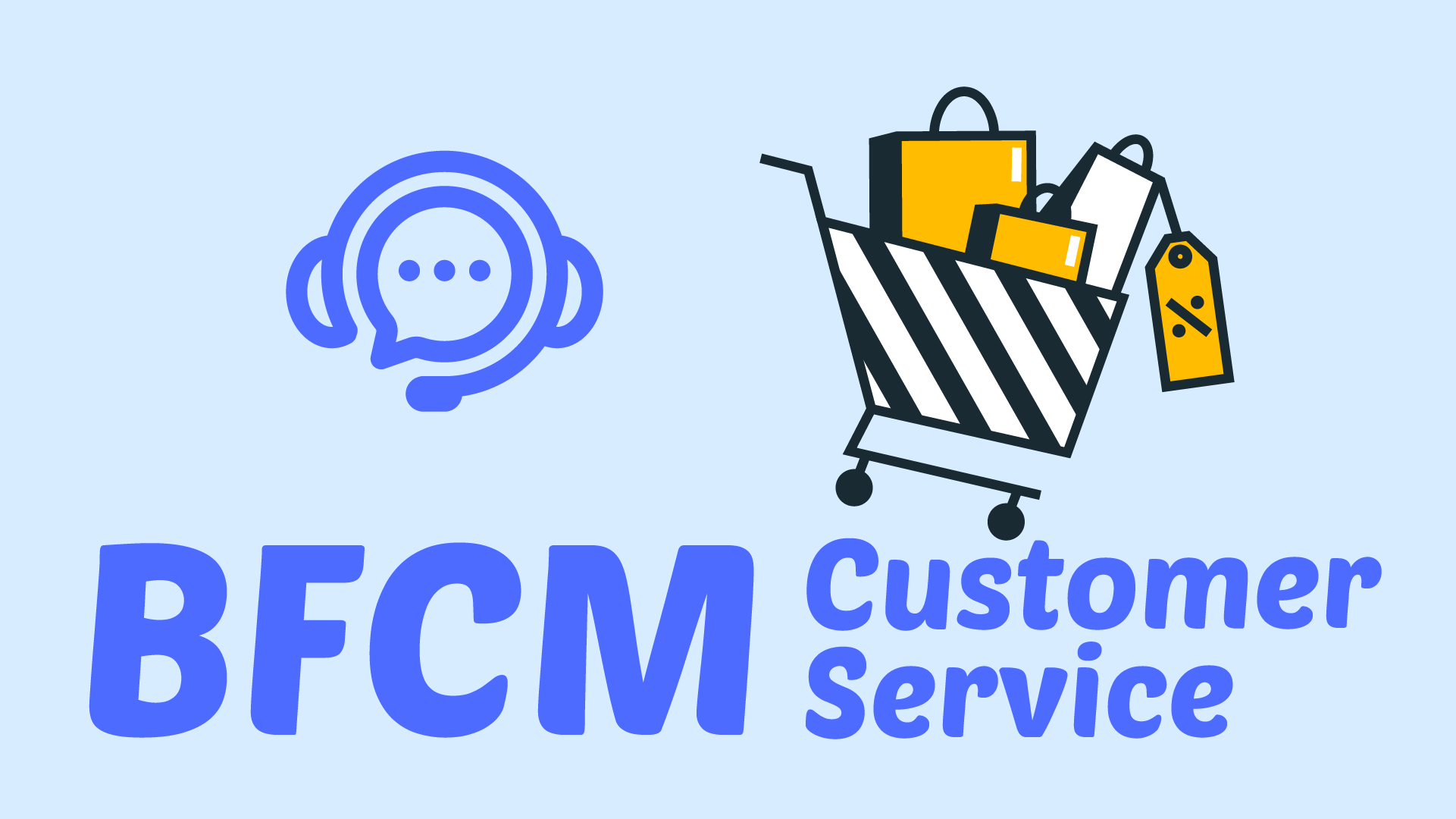Customer expectations are changing quickly. Businesses across industry sectors are facing pressure for faster, more personalized, and always-on support. Some manage those expectations entirely in-house, but others turn to outsourcing and business process outsourcing (BPO), typically to meet demand in a more efficient way. In this article, we’ll take a closer look at what outsourcing customer service really means, the pros and cons it offers, and also the technology, like AI, that is paving the way to the future.
Introduction & Basics
1. What is customer service outsourcing?
Customer service outsourcing means having someone outside your business to handle customer support tasks. This means you are working with third-party providers who have trained staff and tools to provide support to your customers.
2. How is outsourcing distinct from BPO in customer service?
Most people often confuse outsourcing with BPO. Outsourcing is a broad term, meaning the hiring of an external provider to handle any task; BPO is a more structured model of outsourcing that presents a whole business process, in this case, customer support, to a third-party vendor. For example, outsourcing might be hiring a call center to take your overflow. BPO typically manages the customer interaction end-to-end.
3. What are multi-channel and omni-channel outsourcing strategies?
Lastly, as multi-channel or omni-channel, outsourcing strategies can also be split into two forms. Multi-channel support is a channel of support that manages channels of customer contact, such as phone, email, and chat, but very often in silos. Omni-channel strategies integrate various channels so customers can seamlessly move from channel to channel, while agents still retain the full history of the customer interaction open.
4. What are the primary outsourcing models (onshore, offshore, nearshore, hybrid)?
There are various models of outsourcing to meet any business need. First, onshore outsourcing is when you keep outsourcing within the same legal jurisdiction. Second, offshore outsourcing is when you outsource to a provider who is usually on another continent, typically for cost savings. Nearshore outsourcing is working with a partner from neighbouring countries who are in the same time zone with similar cultures. Finally, hybrid models mix all or a few of the others to balance cost, convenience, and effectiveness.
5. Which industries adopt customer service BPO (e-commerce, retail, healthcare, IT, etc)?
Outsourcing customer service is common in numerous sectors, including e-commerce, retail, healthcare, travel, banking, and technology. For example, retailers and e-commerce companies use outsourced agents to handle queries about orders at all hours of the day. Healthcare companies turn to outsourcing for scheduling appointments and handling claims. IT companies often outsource because they need someone to handle their technical helpdesk jobs.
6. Which services can be outsourced (calls, chat, email, social, technical support)?
The scope of services eligible for outsourcing can be quite expansive. Besides voice-based customer support, there are chat, email, and social media interactions, and other basic troubleshooting. Many providers also offer specialized services in multiple languages for businesses to serve their international audiences more easily.

Benefits & Applications
7. When is it more appropriate to use BPO instead of an in-house team?
Customer service BPO is most useful when the volume is high, unpredictable, or needs specialized expertise. For example, a small business may struggle to maintain a support desk 24/7 and may benefit from working with a BPO. Low-cost support 24/7 is more impressive than low-cost support on a limited basis.
8. How can outsourcing customer service help to lower costs?
The first and most obvious benefit of outsourcing is the cost component. When companies build an in-house team, they still incur recruitment, training, office infrastructure, and technology expenses. Outsourcing helps mitigate these costs as companies typically only pay for the services they require.
9. Can outsourcing help organizations increase scalability and flexibility during peak seasons?
Scalability is another benefit. Many industries face seasonal spikes, for example, retailers during holiday timeframes. Instead of hiring and onboarding temporary staff, businesses can scale in a matter of days with their outsourced partner.
10. Does outsourcing help companies provide 24/7 customer support?
Outsource partners have service agents that often work out of many different time zones. This allows customers to be serviced 24/7, meaning they do not have to wait, day or night, for assistance.
11. How do companies seek and benefit from outsourcing with skilled professionals through BPO?
Access to expertise is another strength of outsourcing. BPO providers are staffed with trained agents that passionate about dealing with and resolving customers’ issues. Businesses do not have to develop the same decision-making skills or expertise by bringing these services in-house.
12. What is the role of outsourcing in improving customer satisfaction and loyalty?
Increasing customer satisfaction and loyalty could be another benefit of working with a good outsourcing partner. If businesses have better response times, multilingual options, and proper handling of inquiries, it will yield better experiences for the customer and allow for potential loyalty improvements and ultimately higher retention rates.
13. How can outsourcing allow companies to focus on the major growth areas?
Outsourcing is also an effective resource management tool. Entrusting a trusted partner with low-risk, routine customer contacts allows businesses to focus on the most important things to them, such as product development, marketing, and their future strategy.
Challenges & Considerations
14. What are the most common barriers to outsourcing customer service?
Even with its benefits, organizations face challenges in outsourcing their operations. Frequently, organizations look at outsourcing and what obstacles they may encounter, such as communication issues, cultural differences, or the ultimate challenge of service delivery consistently. Additionally, organizations still leave the direct customer control through outsourcing.
15. How can organizations ensure a consistent brand voice and service standards when working with an outsourcing partner?
Building brand voice and consistent service standards takes effort to maintain those through careful planning. This requires being very upfront with the outsourcing provider about what you expect, with the availability of providing guidelines, training sessions, and employees’ attitudes with the provider. Continuous monitoring and feedback proved to be effective with the employee and customer touchpoints to align values or expectations.
16. How do BPOs protect customers in terms of data security and compliance?
Another challenge with outsourcing is data protection vs compliance. A reputable BPO will heavily invest in security safeguards and overall compliance with some global standard for security, which is facilitated through the security layers of its framework, whether it’s GDPR or HIPAA, depending on the regulations its service is set up to provide. Regardless of where it is assimilated, there are processes that protect customer-sensitive information.
17. Are there geographical constraints on outsourced support based on distance and time zones?
Lastly, while geographical locations can sometimes make servicing challenging, not every outsourcing decision will be a perfect example will be differences in time zones, and further cultural understanding can sometimes create challenges. Nevertheless, many of the providers operate under a distributed organisation and use multi-regional employees to have global level coverage regardless of the situation.
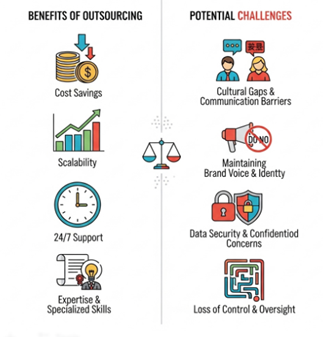
The Impact of AI on Outsourcing
18. How do AI and automation affect outsourcing customer service?
Automation and artificial intelligence are changing the customer service outsourcing landscape. Although automation and artificial intelligence systems can solve common and repeated tasks (for example, answering frequently asked questions, routing tickets, or understanding sentiment), automation increases resolution time and reduces costs, and allows the human agents to focus on complex, high-value engagements.
19. Are AI and outsourcing complementary or contradictory?
While AI will not usually replace outsourcing, AI will enhance outsourcing. To reiterate, outsourcing will provide experienced human talent, and AI provides efficiency and scalability. In this combination, businesses can provide quick responses to routine issues while using their human resources where it matters to provide personalized experiences.
20. Can AI be applied in customer service outsourcing?
AI applications will become more sophisticated in outsourcing environments. AI chatbots can now take on first-level queries, predictive analytics are able to further a human agent with some anticipation of what a customer wants, and earlier natural language processing (NLP) enables a person to have more fluid exchanges of clarifying information. This combination of the human element and AI systems is paving the way to new customer service paradigms.

About Sobot
How can Sobot enhance customer service operations without traditional outsourcing?
Sobot allows companies to achieve many of the same benefits through AI. The platform automates routine customer interactions, facilitates conversations across channels, and enhances human agents’ work with intelligent suggestions. This allows companies to improve customer support quality, achieve scale, reduce costs, and retain control over quality, without relying on other outsourcing providers.
With Sobot, organizations can deliver faster, smarter, and more customer-centric experiences, while keeping all operations in-house. This gives CEOs and CMOs the ability to have the best of both worlds – outsourcing with all the flexibility of managing internally, all supported by AI.
